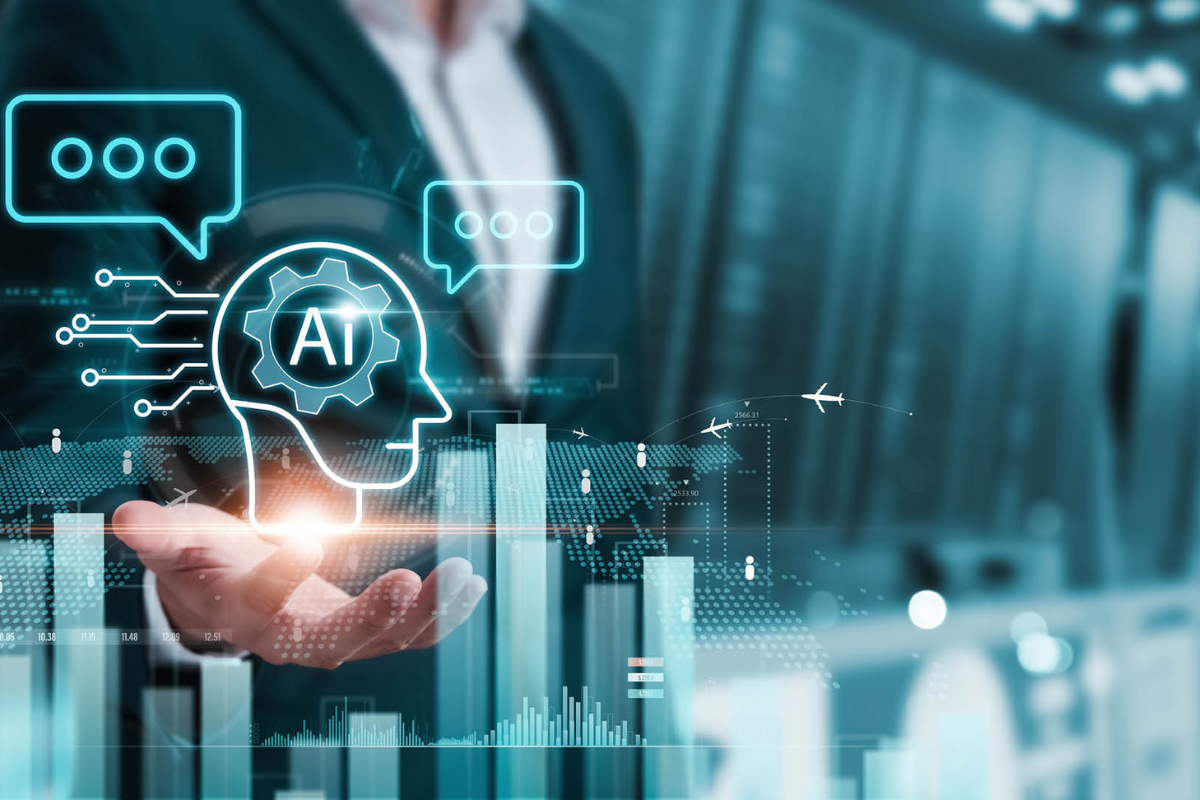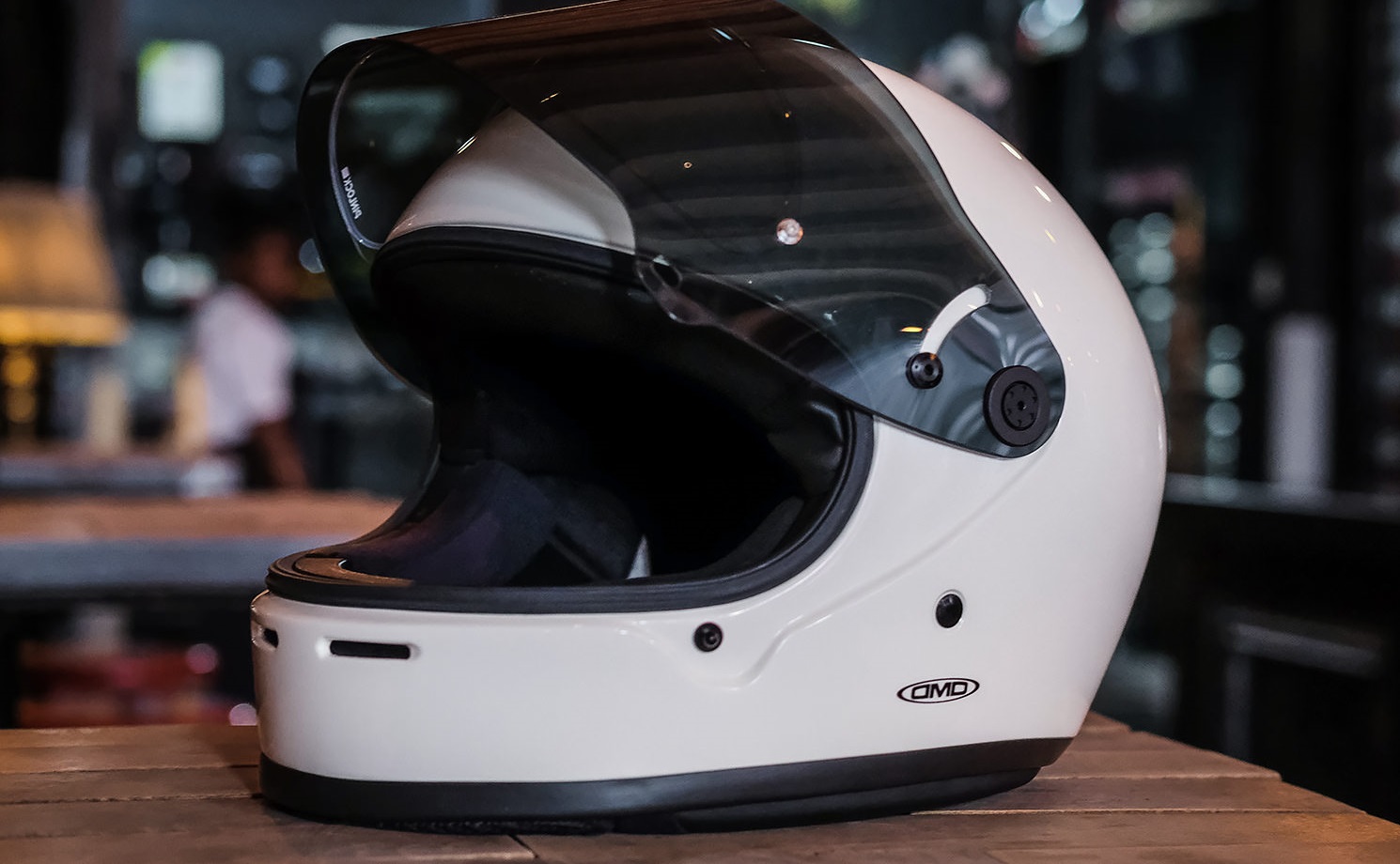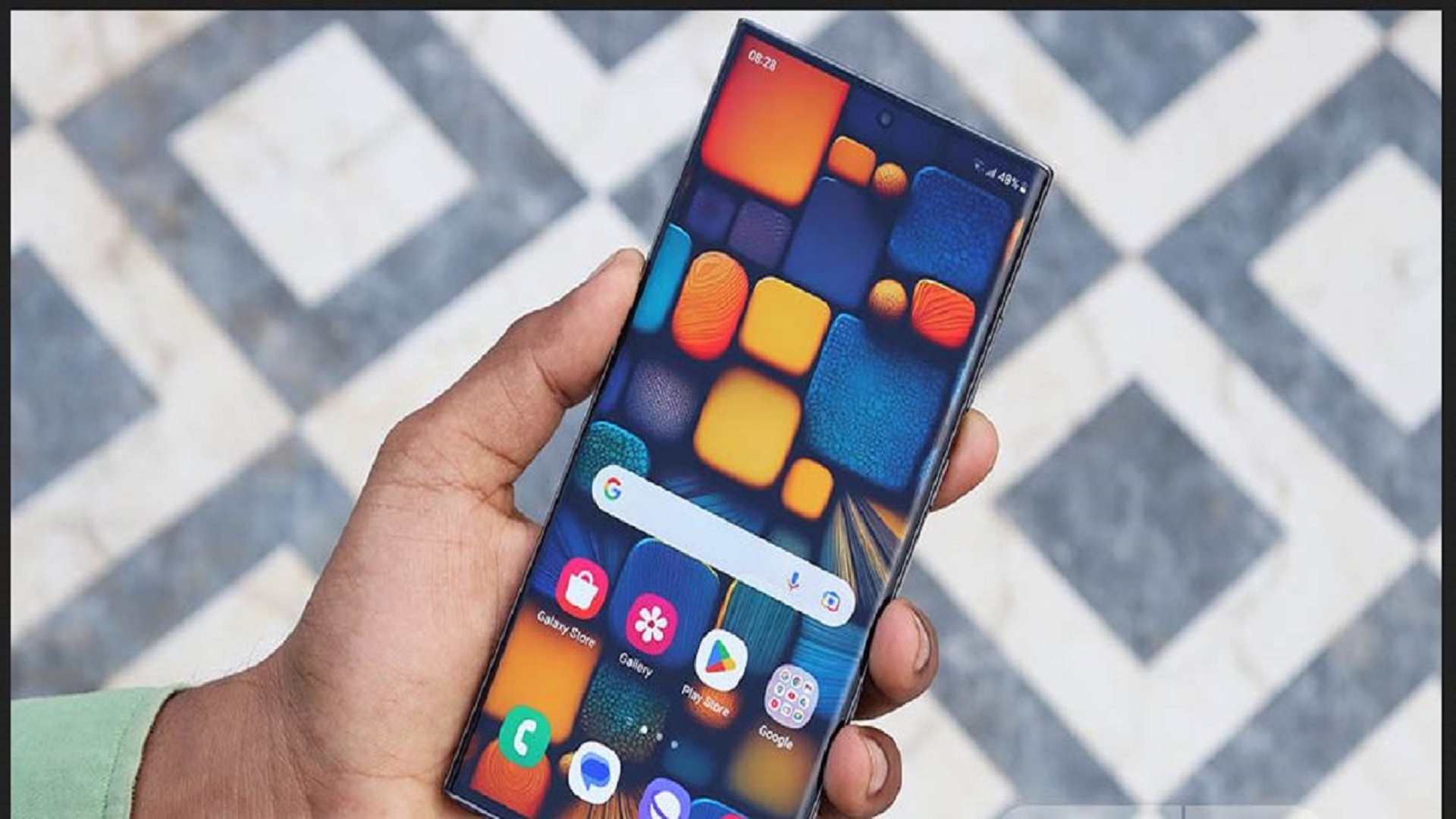Recently, the Malaysian government has detained approximately 1,700 migrants, including many Bangladeshis. Among the detained, many were legal workers, but allegations of torture and human rights violations have surfaced. Tragically, one worker has died due to the mistreatment.
Local news sources report that the detentions occurred during raids across various parts of Malaysia. Even those with valid documentation have been apprehended. The detained individuals are reportedly facing harsh conditions and severe mistreatment, raising significant human rights concerns.
The death of a legal worker due to torture has intensified the gravity of the situation.
Several international human rights organizations have condemned these raids. They argue that detaining and mistreating legal migrants with valid documentation is utterly inhumane.
 Bangladesh’s Ministry of Expatriates’ Welfare and Overseas Employment has expressed deep concern over the situation and is attempting to communicate with the Malaysian government. The ministry has emphasized that necessary steps will be taken to ensure the safety and rights of the detained individuals.
Bangladesh’s Ministry of Expatriates’ Welfare and Overseas Employment has expressed deep concern over the situation and is attempting to communicate with the Malaysian government. The ministry has emphasized that necessary steps will be taken to ensure the safety and rights of the detained individuals.
The Malaysian government, however, maintains that these operations are part of stringent measures to curb illegal immigration and that the raids were conducted legally. They have yet to provide a clear statement addressing the allegations of detaining and torturing legal migrants.
Analysts believe that such operations and human rights violations could tarnish Malaysia’s international reputation. Therefore, there is a growing call for the Malaysian government to protect the rights of legal migrants and ensure humane treatment.






